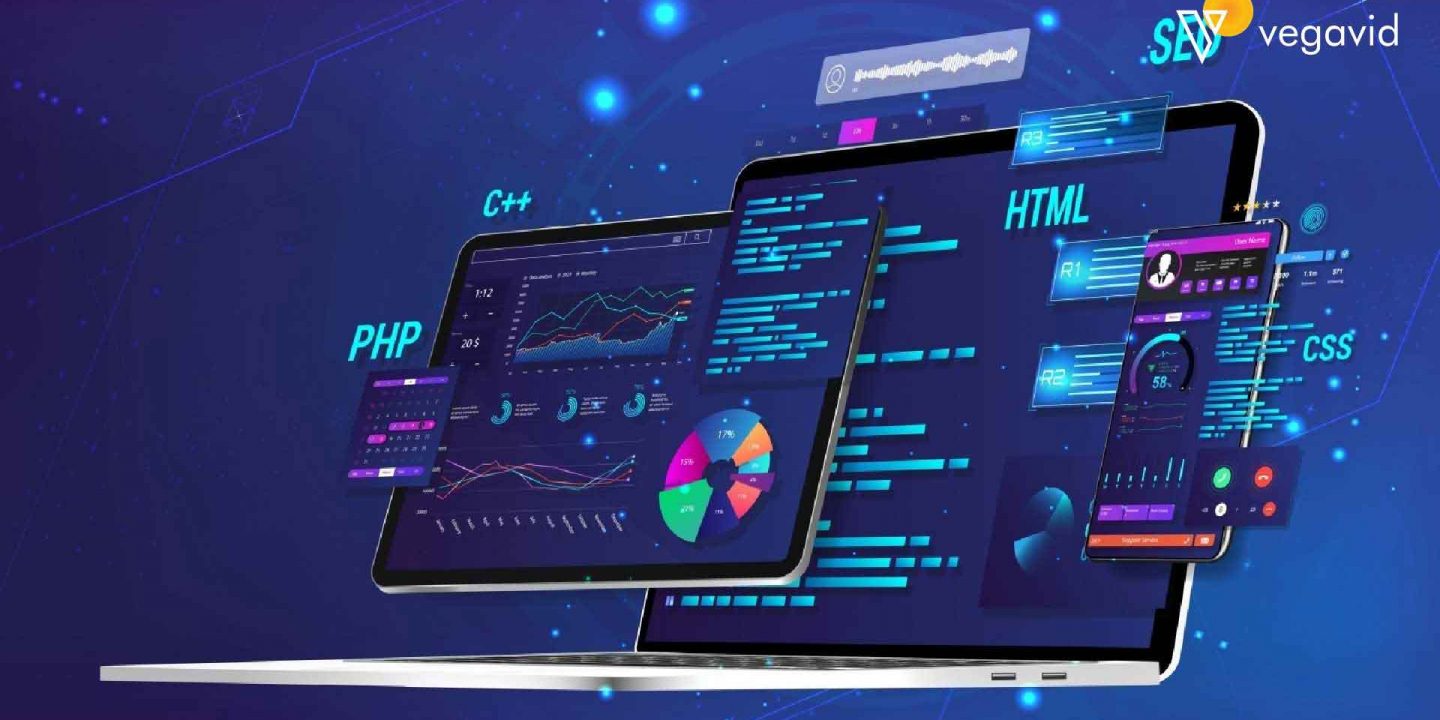
Software development is the process of creating, designing, testing, and maintaining software applications. It involves a wide range of activities, including planning, coding, debugging, testing, and deployment. Software development is an essential part of the modern world, as it enables organizations to create and use software applications to solve problems, automate processes, and improve efficiency.
There are various types of software development, including web development, mobile development, desktop development, and game development. Software development tools and methodologies vary based on the type of software being developed, as well as the needs and goals of the organization. Some common software development tools and methodologies include agile development, waterfall development, and DevOps. Software design, which is the process of creating a blueprint for a software application, is also an important aspect of software development.
Software development tools
Software development tools are programs or platforms that are used to create, test, and maintain software applications. These tools can help developers to write, debug, and deploy code more efficiently, as well as manage and collaborate on software projects. There are various types of software development tools, including:
- Integrated development environments (IDEs): IDEs are comprehensive software suites that provide developers with a range of tools and features to write, test, and debug code. Some common IDEs include Visual Studio, Eclipse, and Xcode.
- Source control tools: Source control tools, also known as version control systems, allow developers to track changes to a software application’s source code and collaborate with other developers on the same codebase. Some popular source control tools include Git and Subversion.
- Debugging tools: Debugging tools, also known as debuggers, allow developers to identify and fix errors or bugs in the code of a software application. Some common debugging tools include GDB and LLDB.
- Testing tools: Testing tools allow developers to test the functionality and performance of a software application to ensure that it meets the specified requirements. Some common testing tools include JUnit and Selenium.
- Collaboration tools: Collaboration tools, such as project management platforms and chat applications, allow developers to communicate and collaborate with team members on software projects. Some popular collaboration tools include JIRA and Slack.
Overall, software development tools are an essential part of the software development process, as they enable developers to write, debug, test, and collaborate on software projects more efficiently.
Best software development tools
There are many software developments tools available on the market, and the best tools for a particular project will depend on the needs and goals of the organization, as well as the type of software being developed. Here are some popular software development tools that developers widely use:
- Integrated development environments (IDEs): Some popular IDEs include Visual Studio, Eclipse, and Xcode. These comprehensive software suites provide developers with a range of tools and features to write, test and debug code.
- Source control tools: Git and Subversion are widely used source control tools that allow developers to track changes to a software application’s source code and collaborate with other developers on the same codebase.
- Debugging tools: GDB and LLDB are popular debugging tools that allow developers to identify and fix errors or bugs in the code of a software application.
- Testing tools: JUnit and Selenium are commonly used testing tools that allow developers to test the functionality and performance of a software application to ensure that it meets the specified requirements.
- Collaboration tools: JIRA and Slack are popular collaboration tools that allow developers to communicate and collaborate with team members on software projects.
Software development life cycle
The software development life cycle (SDLC) is a process used to develop and maintain software applications. It is a systematic approach involving a series of steps or phases, each with specific goals and activities. The SDLC typically consists of the following phases:
- Planning: The planning phase involves defining the project scope, objectives, and requirements, as well as creating a project plan and timeline.
- Analysis: The analysis phase involves gathering and analyzing data to identify the needs and requirements of the software application.
- Design: The design phase involves creating a blueprint or plan for the software application, including the overall architecture and specific features and functions.
- Development: The development phase involves writing, testing, and debugging the code for the software application.
- Testing: The testing phase involves evaluating the functionality and performance of the software application to ensure that it meets the specified requirements.
- Deployment: The deployment phase involves installing and launching the software application for use.
- Maintenance: The maintenance phase involves ongoing activities such as bug fixing, updates, and improvements to the software application.
The SDLC is an important aspect of software development, as it helps ensure that software applications are developed efficiently, effectively, and systematically.
Open-source software development tools
Open-source software development tools are software tools that are freely available for anyone to use, modify, and distribute. Open-source tools are typically developed and maintained by a community of volunteers who contribute their time and expertise to develop and improve the software.
Eclipse, NetBeans, and Code are popular open-source IDEs that provide developers with a range of tools and features to write, test and debug code. Git is a widely used open-source source control tool that allows developers to track changes to a software application’s source code and collaborate with other developers on the same codebase.
GDB and LLDB are popular open-source debugging tools that allow developers to identify and fix errors or bugs in the code of a software application. JUnit and Selenium are commonly used open-source testing tools that allow developers to test the functionality and performance of a software application to ensure that it meets the specified requirements.
Software development methodologies
Here are some of the most commonly used Software development methodologies-
The agile development methodology is a flexible, iterative approach to software development that emphasizes collaboration, flexibility, and rapid delivery. Agile development is based on the Agile Manifesto, which outlines a set of principles for software development that prioritize individuals and interactions, working solutions, and customer satisfaction. Agile development is characterized by short development cycles, known as “sprints,” which allow developers to quickly deliver working software and gather feedback from users.
DevOps deployment methodology is a software development approach that aims to improve the collaboration and communication between development and operations teams. DevOps promotes the use of automation and continuous delivery to allow organizations to quickly and efficiently deploy software updates and new features. DevOps aims to improve software deployments’ speed, quality, and reliability and is often used in conjunction with agile development methodologies.
The waterfall development method is a linear, sequential software development approach involving a series of distinct phases, each of which must be completed before the next phase can begin. Waterfall development is characterized by a focus on detailed planning and thorough testing and is well-suited for projects with well-defined requirements and a fixed scope.
Rapid application development (RAD) is a software development approach that aims to quickly deliver working software through the use of prototyping and rapid iteration. RAD is characterized by a focus on rapid prototyping and user feedback and is well-suited for projects with rapidly changing requirements or a need for quick delivery. RAD is often used in conjunction with agile development methodologies.
Overall, various software development methodologies are available, each of which has its own strengths and best uses. Organizations should carefully consider their software development needs and goals, and choose a methodology that will help them to efficiently and effectively develop software applications.
Conclusion
In conclusion, software development is the process of creating, designing, testing, and maintaining software applications. It involves a wide range of activities, including planning, coding, debugging, testing, and deployment. There are various types of software development, including web development, mobile development, desktop development, and game development. Software development tools and methodologies vary based on the type of software being developed, as well as the needs and goals of the organization.
Some common software development tools and methodologies include agile development, DevOps, waterfall development, and rapid application development. Software design, which is the process of creating a blueprint for a software application, is also an important aspect of software development. The choice of software development tools and methodologies will depend on the specific needs and goals of the organization, as well as the type of software being developed. It is important for organizations to carefully consider their software development needs and to choose tools and methodologies that will help them to meet their objectives efficiently and effectively.











